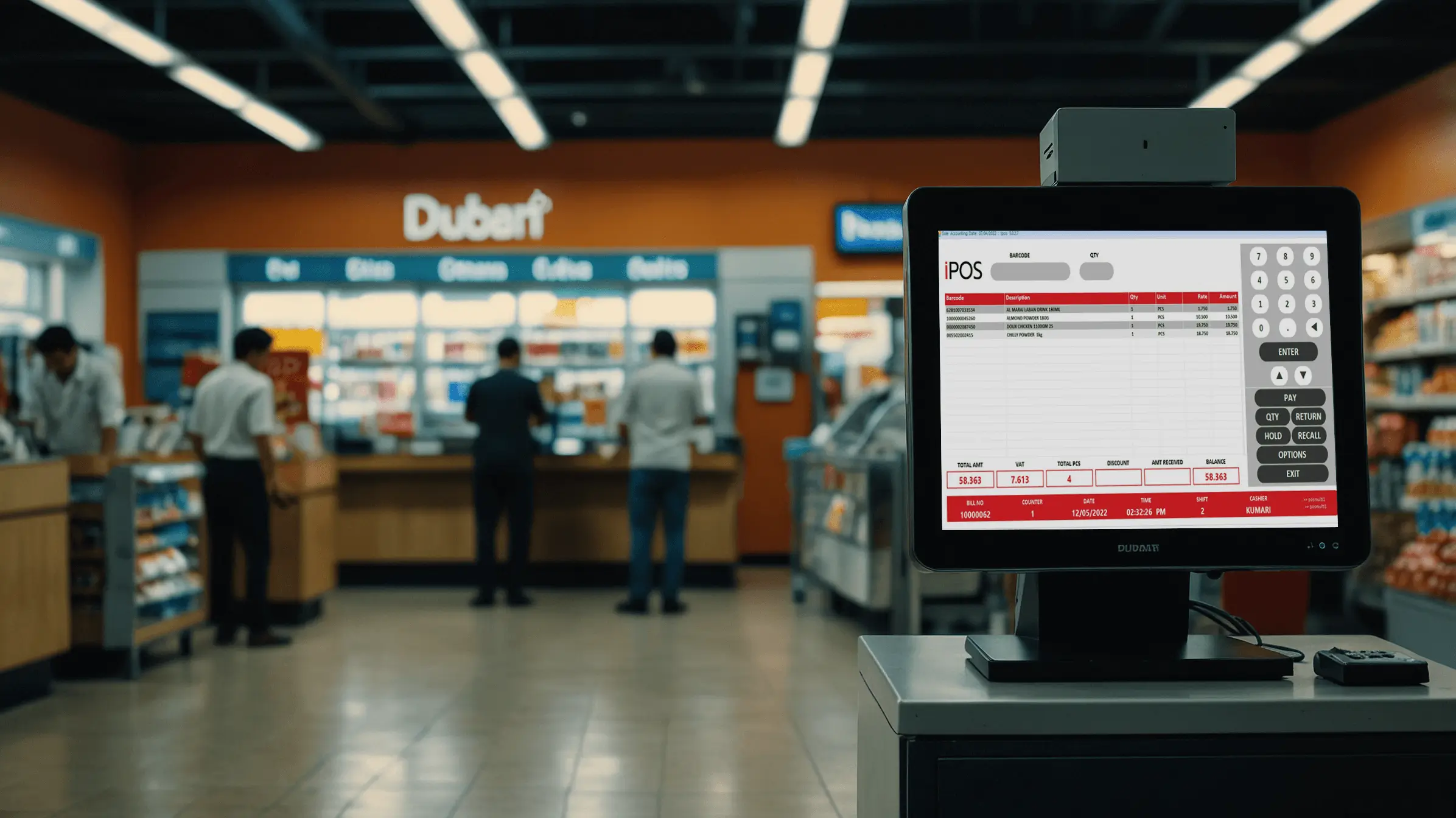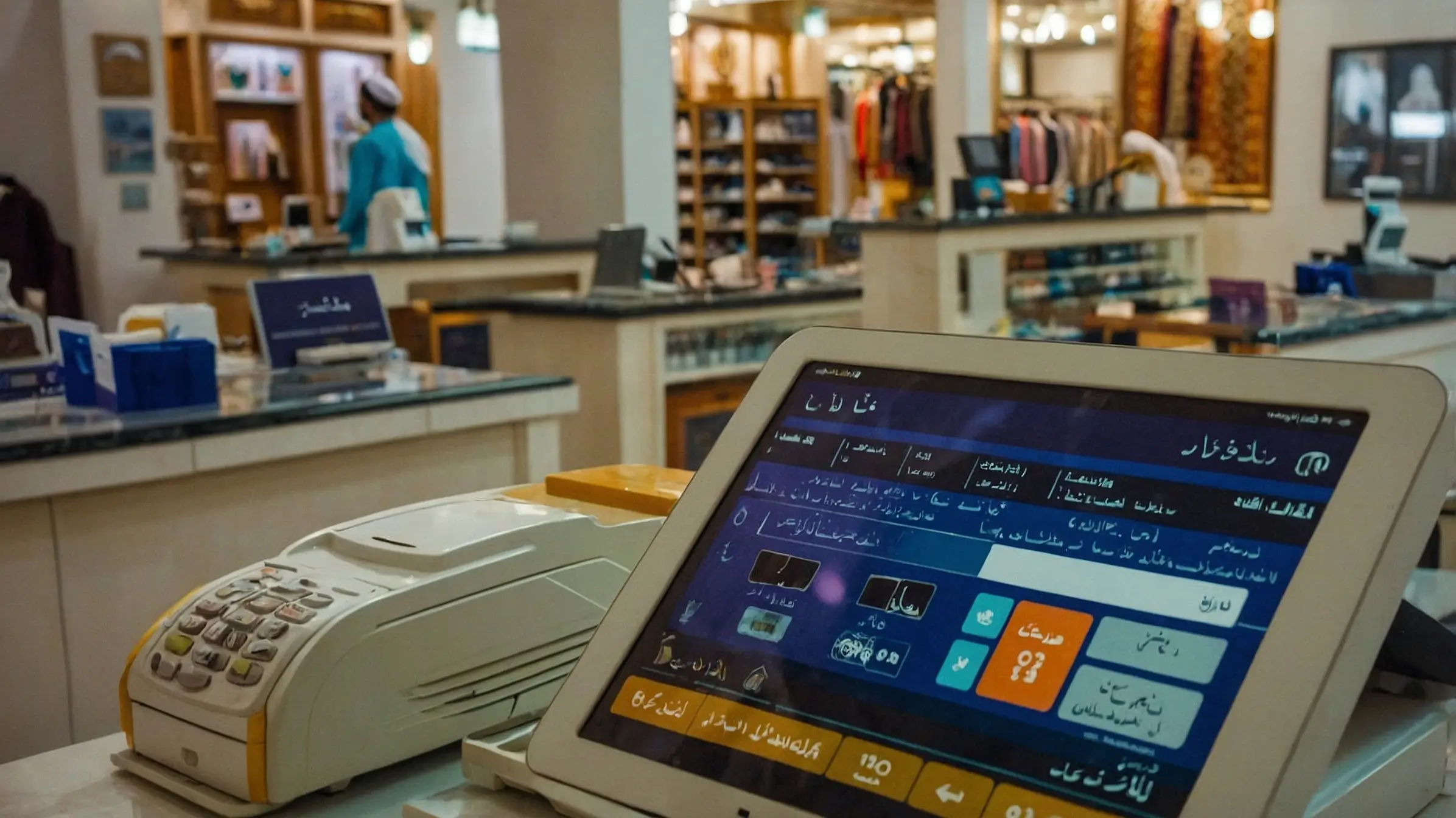Connecting your Point of Sale (POS) system with your online store is really important for businesses today. It helps provide a smooth experience for customers and makes running your business easier. Let’s look at 12 key steps to connect your POS system with e-commerce. This will help your business do well both in physical stores and online.
Key Benefits of POS and E-commerce Integration
- Real-time inventory updates across online and in-store channels
- Unified customer data for personalized shopping experiences
- Streamlined order management and fulfillment processes
- Consistent pricing and promotions across all sales channels
- Comprehensive sales analytics for data-driven decision making
1. Choose Compatible POS and E-commerce Platforms
When picking your POS and e-commerce systems, make sure they work well together. This is important for sharing data easily and running your business smoothly. iPOS Retail works well with many online shopping platforms. This makes it easier for your business to connect its in-store and online sales. It allows you to update inventory, sales data, and customer information across all channels in real-time.
2. Set Up Real-time Inventory Tracking
Keeping track of your stock in real-time is super important for both your physical store and website. It stops you from selling things you don’t have and makes sure customers know what’s available. iPOS integration with Shopify helps manage inventory automatically across all your sales channels. This helps keep your stock levels accurate, reduces the chance of running out of items, and makes customers happy by showing them what’s really available.
3. Create Unified Customer Profiles
Build a central database that combines customer information from both your POS and e-commerce platforms. This helps you personalize experiences and target your marketing better across all channels. With a unified customer profile, you can see what each customer likes, what they’ve bought before, and how they interact with your brand. This helps you suggest products they might like, create better marketing campaigns, and provide good customer service no matter how they shop with you.
4. Connect Payment Systems
Make sure your payment systems work together across your physical and online stores. This makes it easy for customers to pay and helps you keep track of money. iPOS Restaurant offers payment solutions that work well with various e-commerce platforms, letting customers pay how they want. This can help increase sales by giving customers more payment options. It also helps reduce mistakes in recording transactions and makes it easier to manage your money.
5. Set Up Multi-channel Order Management
Create a system that can handle orders from both your physical store and website. This helps you process and fulfill orders efficiently, no matter where they come from. A good multi-channel order management system brings all orders together in one place. This makes it easier to process, track, and deliver customer purchases. It also lets you do things like let customers buy online and pick up in-store, which can be really convenient for them.
6. Implement Data Analytics and Reporting
Use tools that give you insights across both your POS and e-commerce platforms. This helps you understand how your business is doing overall and spot trends, opportunities, and areas to improve. iPOS integration with WooCommerce offers combined sales reporting and analytics, helping you make smarter business decisions. Look for features that show you sales trends, how customers behave, and how your online and offline channels compare to each other.
7. Set Up Automated Financial Reconciliation
Connect your POS and e-commerce platforms with your accounting software to make financial processes easier and more accurate. iPOS’s integration with QuickBooks allows for automatic financial entries and real-time inventory management, saving you time and reducing errors. This makes it easier to do your taxes, close your books at the end of the month, and get accurate financial reports.
8. Create a Unified Loyalty Program
Develop a loyalty program that works across both your physical and online stores. This encourages customers to keep coming back and gives you valuable information about how they shop. A good loyalty program lets customers earn and use points or rewards no matter where they shop with you. This makes customers happy and gives you useful data about what they like to buy. You can use this information to create better marketing campaigns and keep customers coming back.
9. Ensure Mobile Compatibility
Make sure your integrated system works well on mobile devices. This is really important today, both for customers using your website and for you managing your business. Cloud-based POS systems like iPOS let you track data in real-time from anywhere, making it easier to run your business on the go. This means your staff can check inventory, make sales, and view reports from their phones or tablets. For customers, it means they can easily shop with you whether they’re using your website or a mobile app.
10. Set Up Automated Marketing Campaigns
Use the customer data from your POS and e-commerce platforms to create targeted marketing campaigns that work across all your sales channels. This can make your marketing more effective while saving time. You can send personalized emails, offers, and product recommendations based on what customers have bought or looked at before. This helps you reach customers with ads that are relevant to them, whether they’ve shopped in your store or online.
11. Implement Strong Security Measures
Make sure your integrated system has strong security to protect customer and business data across all platforms. This is really important for keeping customers’ trust and following data protection laws. Use strong encryption for all data transfers, regularly update your software, and use multi-factor authentication for staff access. Train your staff on how to spot and respond to security threats. Make sure you follow industry standards for handling payment information.
12. Provide Staff Training
Train your staff on how to use the integrated system effectively. This helps everything run smoothly and ensures good customer service both in-store and online. Create a training program that covers all parts of the system, including managing inventory, processing orders, handling customer data, and creating reports. Give staff hands-on practice and create guides for common tasks. Keep updating training as new features are added. Consider having experienced staff help train new employees.
Conclusion
Connecting your POS system with your e-commerce platform is really important for running a modern business. It’s about creating a smooth experience for customers whether they shop in-store or online. By following these 12 steps and using iPOS solutions, you can create an efficient business that works well both online and in physical stores. This helps you offer a consistent experience for customers, make better decisions based on data, and adapt quickly to changes in the market. Whether you run a retail store or a restaurant, iPOS has solutions to help you stay ahead in today’s competitive market.
Want to improve your business? Check out our iPOS solutions for retail and restaurants today! These tools can help you provide great customer experiences and grow your business across all your sales channels.









